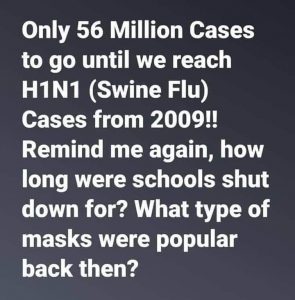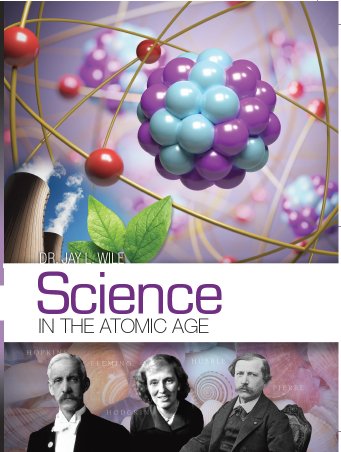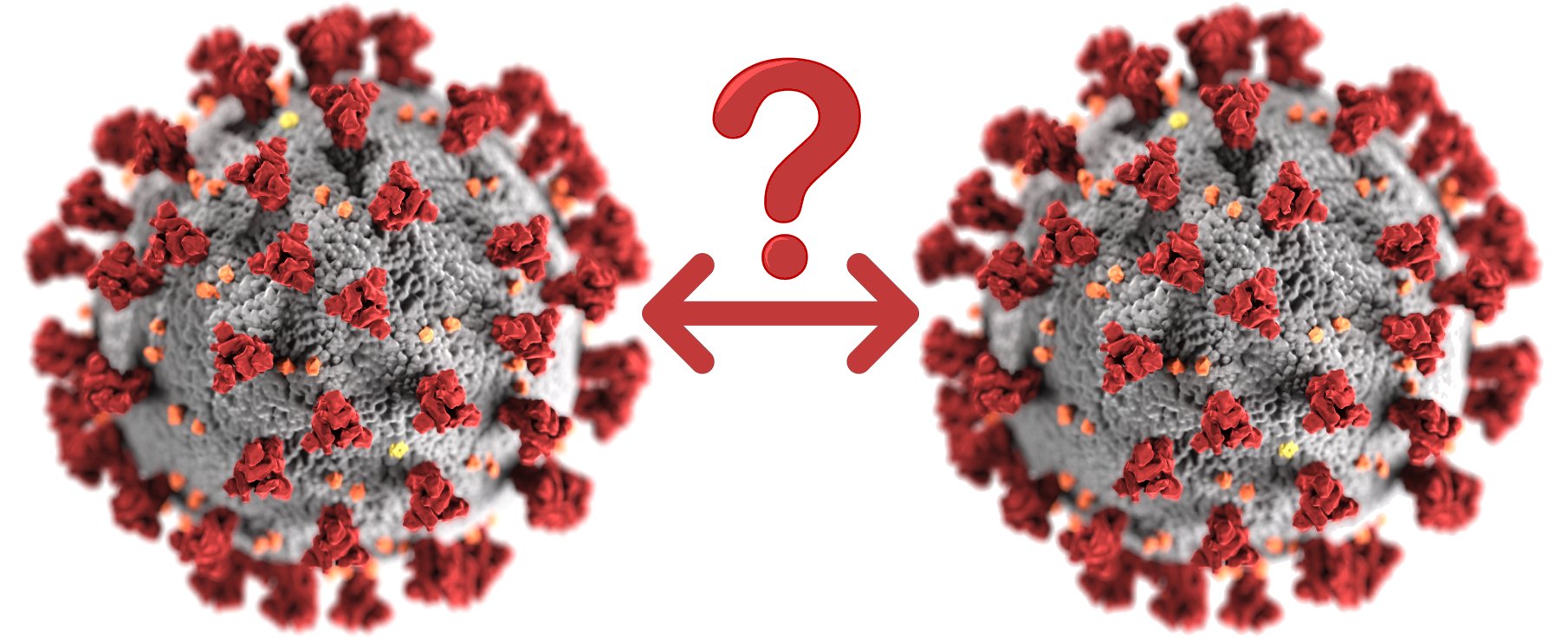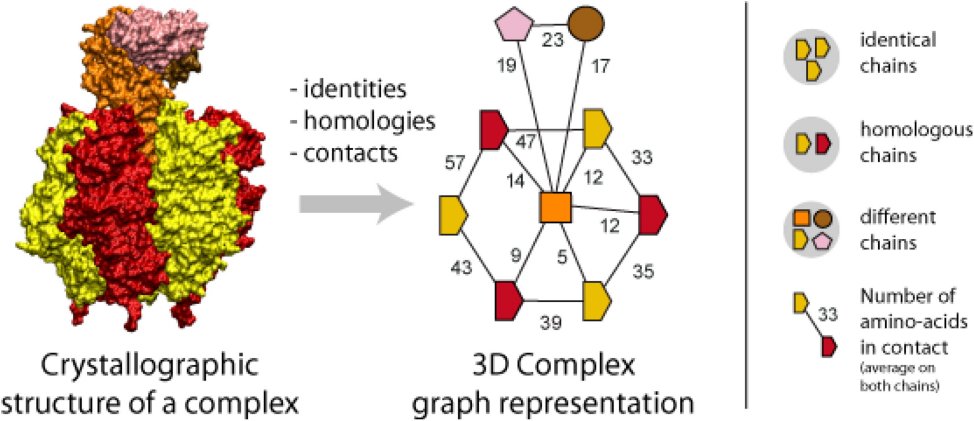 So far, I have written three articles about how horrible social media is as a source of scientific information (see here, here, and here). Facebook might be a great way to find out what your friends are eating, but it is one of the worst places you can go to learn about science, especially the COVID-19 pandemic. That’s because lots of people (left, right, and center) have decided to politicize the pandemic, and the unscrupulous among them have transformed science from its true nature (a very imperfect mode of inquiry) into a weapon. Unfortunately, many people don’t recognize weaponized science, and as a result, they tend to share things that fit their political views, regardless of whether or not they are accurate.
So far, I have written three articles about how horrible social media is as a source of scientific information (see here, here, and here). Facebook might be a great way to find out what your friends are eating, but it is one of the worst places you can go to learn about science, especially the COVID-19 pandemic. That’s because lots of people (left, right, and center) have decided to politicize the pandemic, and the unscrupulous among them have transformed science from its true nature (a very imperfect mode of inquiry) into a weapon. Unfortunately, many people don’t recognize weaponized science, and as a result, they tend to share things that fit their political views, regardless of whether or not they are accurate.
Consider, for example, the statement shown above. I have seen it on my Facebook feed at least a dozen times. While the statement is factually accurate, it supports a false narrative. Yes, there have been roughly 4 million cases of COVID-19 in the U.S. so far, and there were estimated to be 60 million cases of H1N1 during the 2009 pandemic. So the H1N1 pandemic of 2009 was “worse” than the COVID-19 pandemic today. Therefore, all the precautions we are taking against COVID-19 (shutting down schools, wearing masks, etc.) are just a result of politicians trying to use the current pandemic to their advantage. Of course, that’s simply not true. The reason we are taking precautions against COVID-19 is that it is significantly more deadly than H1N1. Out of the estimated 60 million cases of H1N1 in 2009, there were only about 12,500 deaths. Out of the roughly 4 million cases of COVID-19, there have been almost 150,000 deaths. Since 15 times fewer cases have produced more than 10 times as many deaths, it is easy to understand why we are taking more precautions against this virus!
Just to give you one more example, yesterday I saw this statement on my Facebook feed:
The COVID-19 death rate without a vaccine is lower than the flu death rate with a vaccine.
As far as I can tell, there is no way you can massage the data to make that statement even factually correct. For the 2018-2019 flu season, there were estimated to be more than 35.5 million cases and 34,200 deaths. Once again, for the current COVID-19 pandemic, there have been roughly 9 times fewer cases, but about 5 times as many deaths.
Now please understand that I am certain the number of COVID-19 deaths are being overreported. But they aren’t being overreported to the point where you can conceivably compare this current pandemic with the H1N1 pandemic of 2009 or the seasonal flu. In the same way, I know that politicians are using this pandemic to their advantage, but that doesn’t mean it isn’t real and isn’t serious.
So when it comes to getting information about the pandemic, choose your sources wisely, and do not include social media on the list!


 The pandemic delayed it, but Science in the Atomic Age has finally been finished and is
The pandemic delayed it, but Science in the Atomic Age has finally been finished and is 
 Perhaps it’s the academic in me, but I am always bothered when I see a quote attributed to someone who never said or wrote it. The situation becomes even more frustrating when it is someone whose work I know well. I was scrolling through my Facebook feed this morning and saw the following:
Perhaps it’s the academic in me, but I am always bothered when I see a quote attributed to someone who never said or wrote it. The situation becomes even more frustrating when it is someone whose work I know well. I was scrolling through my Facebook feed this morning and saw the following: ***PLEASE NOTE: This is not a political post, and all political comments will be deleted without mercy.***
***PLEASE NOTE: This is not a political post, and all political comments will be deleted without mercy.***
